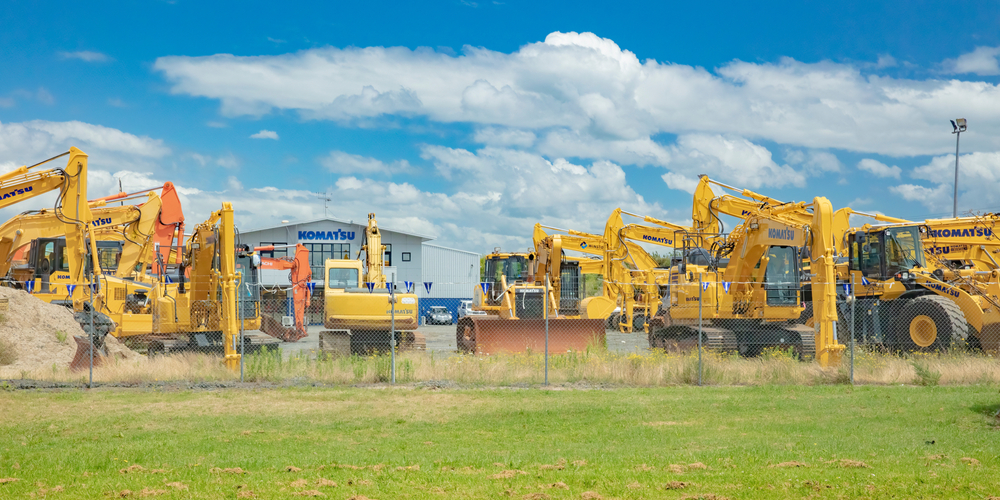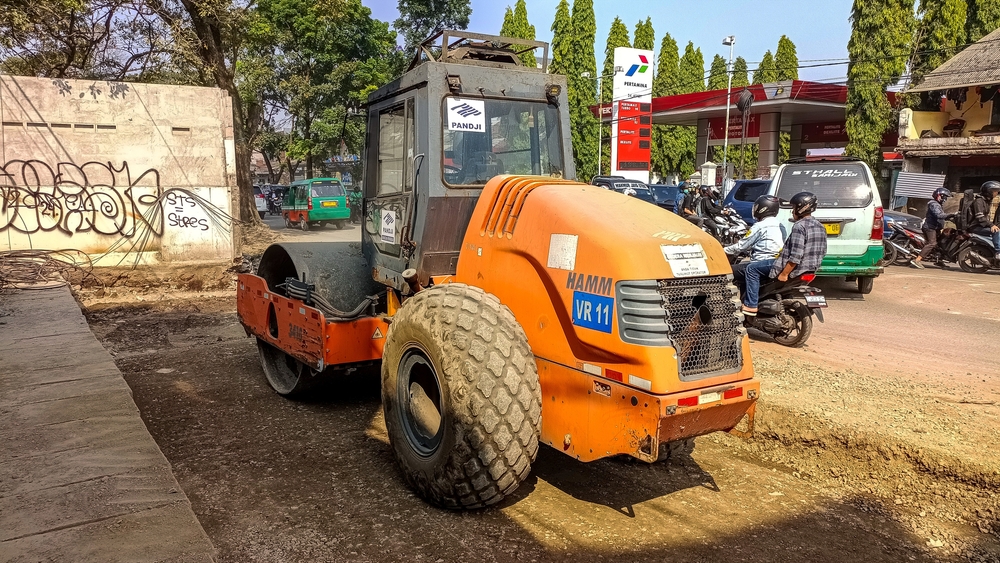Effective strategic planning for equipment acquisition is a cornerstone of successful construction projects. Proper planning ensures that projects run smoothly, within budget, and on schedule.
This comprehensive guide provides practical insights and actionable strategies to optimize your equipment acquisition process, ultimately enhancing your construction operations.
Properly assessing equipment needs, budgeting, and making informed decisions can significantly impact project efficiency and outcomes.
1. Assessing Equipment Needs
Evaluating equipment requirements is the first step in strategic planning. This involves a thorough analysis of the project’s scope, timeline, and budget. Key factors to consider include:
Project Type and Size
Different projects require different types of equipment. Large-scale infrastructure projects might need heavy machinery, while smaller residential projects may only require basic tools. Understanding the project type and size helps in determining the specific equipment needed to perform tasks efficiently.
Duration
The length of the project can influence whether it’s more cost-effective to purchase or lease equipment. For long-term projects, purchasing might be more economical, while leasing or renting could be better for shorter projects.
Specific Equipment Needs
Identify the specific tasks that need to be performed and the equipment necessary to complete those tasks efficiently. This ensures that the right equipment is available at the right time, reducing downtime and increasing productivity.
2. Budgeting for Equipment
Budgeting is a critical component of equipment acquisition. Accurate cost estimation ensures that you allocate sufficient funds for equipment without compromising other aspects of the project. Consider the following:
Purchase Costs
Factor in the initial purchase price of the equipment. This includes the cost of acquiring new or used equipment, which can vary significantly.
Maintenance and Operational Expenses
Include the costs of regular maintenance, repairs, and operation. Maintenance costs can add up over time, and operational expenses such as fuel and labor should be accounted for in the budget.
Alignment with Project Budgets
Ensure that the equipment budget aligns with the overall project budget to avoid financial strain. Proper budgeting helps in maintaining financial stability and prevents overspending on equipment.
3. Determining Equipment Specifications
Defining equipment specifications based on project requirements is essential. This includes:
Equipment Size and Capacity
Ensure the equipment can handle the workload and fit within the project site constraints. Equipment that is too large or too small for the job can lead to inefficiencies and increased costs.
Performance and Technology Requirements
Consider the performance capabilities and any technological features that may enhance efficiency and productivity. Modern equipment often comes with advanced features such as GPS, automation, and connectivity, which can significantly improve operational efficiency.
4. Acquiring Equipment
When it comes to acquiring equipment, there are several options available:
Purchasing
Buying equipment is suitable for long-term use and provides ownership benefits but involves high upfront costs. It also offers the advantage of having the equipment available whenever needed without any rental or leasing agreements.
Leasing
Leasing can be a cost-effective option for short-term projects or when equipment needs may change frequently. Leasing agreements often include maintenance and repair services, reducing the burden on the project team.
Renting
Renting is ideal for very short-term needs or when specific equipment is required for a limited period. It allows for flexibility and ensures that only the necessary equipment is rented, reducing costs associated with unused equipment.
Each option has its pros and cons, and the choice depends on the project’s specific needs and financial situation.
5. Vendor and Supplier Selection
Choosing the right vendors and suppliers is crucial for acquiring high-quality equipment. Key considerations include:
Product Quality and Reliability
Ensure the equipment meets industry standards and is reliable. High-quality equipment reduces the risk of breakdowns and increases project efficiency.
After-Sales Support
Look for suppliers that offer robust after-sales support, including maintenance and repair services. Good after-sales support ensures that any issues with the equipment are resolved quickly, minimizing downtime
.
Pricing
Compare prices to ensure you get the best value for your investment. Negotiating favorable terms and conditions can lead to significant cost savings.
6. Financial Considerations
Financing equipment acquisition can be challenging, but several options are available:
Loans
Traditional bank loans can provide the necessary funds for purchasing equipment. These loans often come with fixed interest rates and repayment terms, making it easier to manage finances.
Leases
Equipment leasing agreements can spread out the cost over time, making it more manageable. Leasing can be a good option for projects with limited upfront capital.
Equipment Financing Programs
Specialized programs may offer favorable terms tailored to construction equipment needs. These programs often include flexible repayment options and lower interest rates.
Managing cash flow and optimizing financial resources is essential to ensure the financial stability of the project.
7. Risk Management
Risk management is a vital part of equipment acquisition. Key strategies include:
Regulatory Compliance
Ensure that all equipment meets relevant regulatory standards. Compliance with regulations prevents legal issues and ensures the safety of the project.
Safety Considerations
Prioritize equipment that enhances safety on the construction site. Safe equipment reduces the risk of accidents and injuries, protecting workers and reducing liability.
Insurance
Obtain adequate insurance coverage to protect against potential losses or damages. Insurance provides financial protection in case of equipment damage, theft, or other unforeseen events.
Conclusion
Strategic planning for equipment acquisition is essential for optimizing construction operations and ensuring project success.
Proper planning not only improves efficiency but also minimizes costs and enhances safety on the construction site. It ensures that the right equipment is available when needed, reducing downtime and increasing productivity.
Ultimately, strategic equipment acquisition contributes to the overall success and competitiveness of construction businesses.









